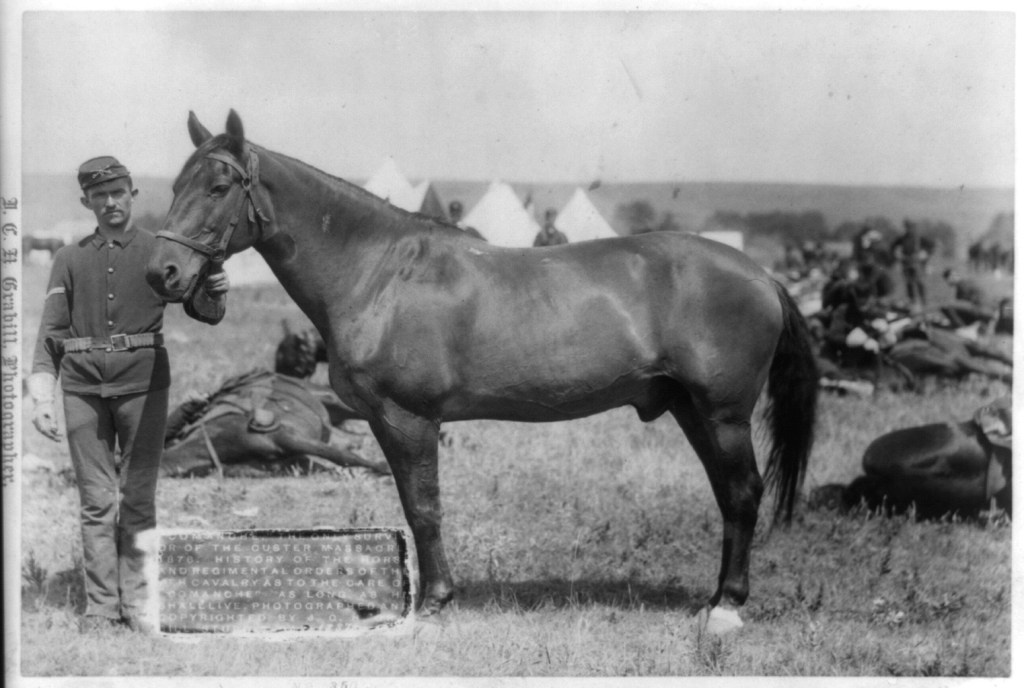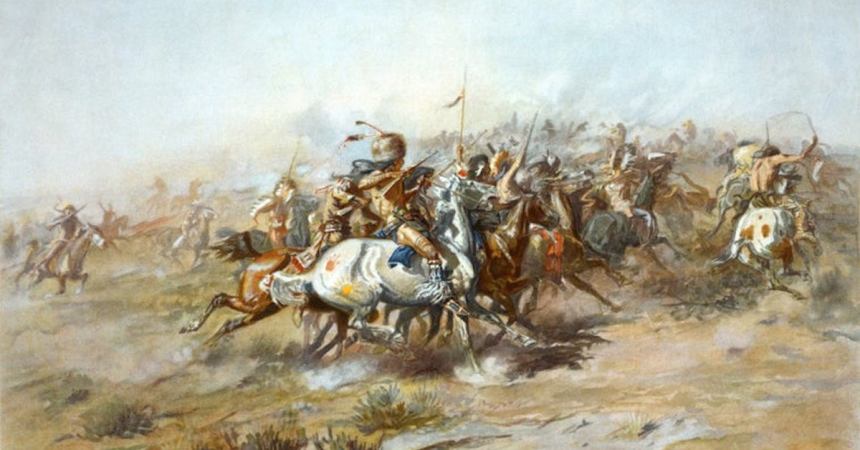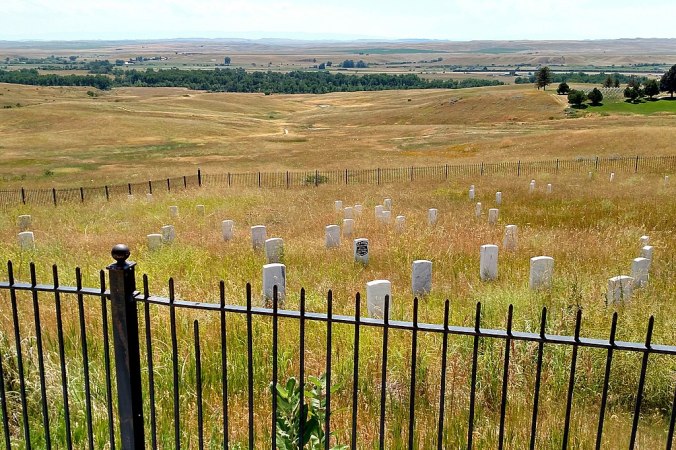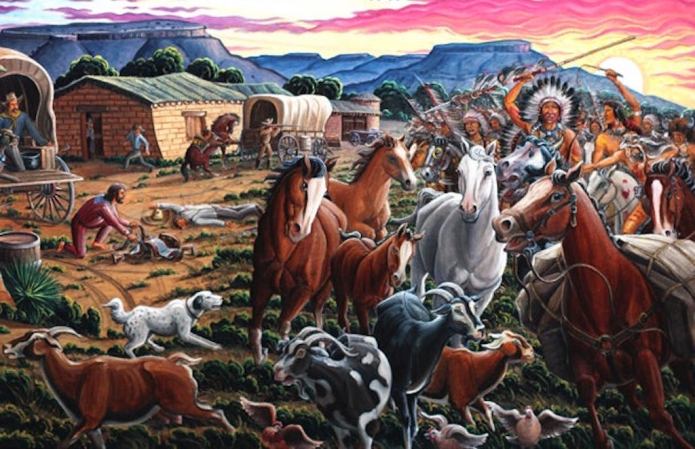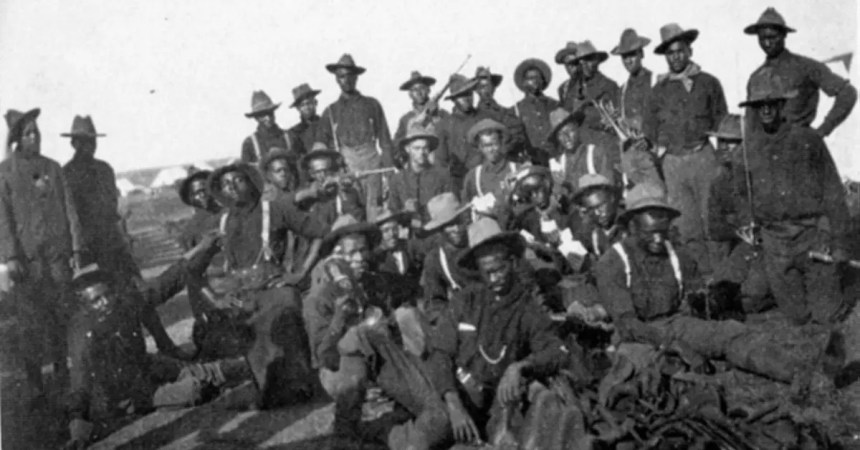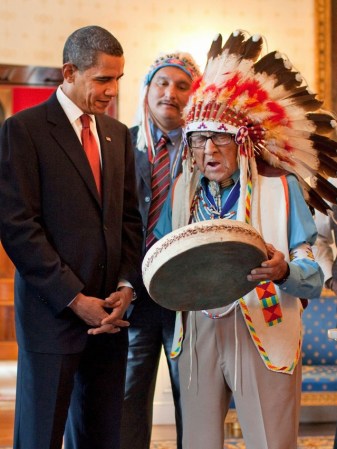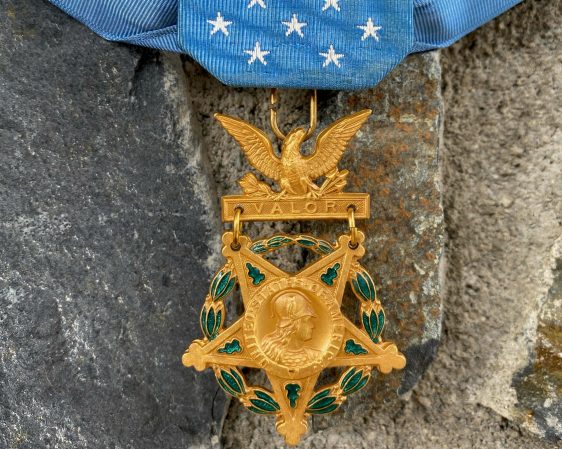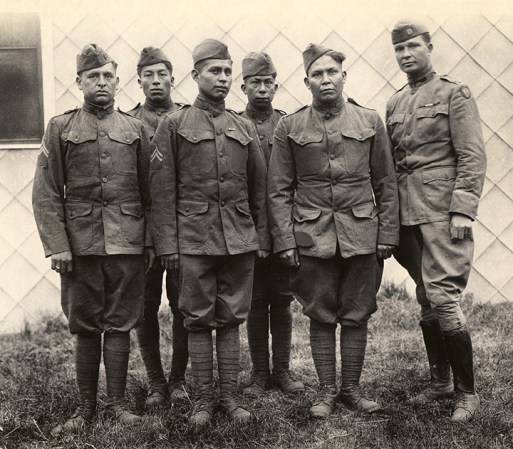Between June 25-26 1876, the U.S. 7th Cavalry Regiment fought the combined forces of the Lakota Sioux, Arapaho and Northern Cheyenne tribes of American Indians along the Little Bighorn River of Montana. An estimated 260 cavalrymen and their native scouts, led by Lt. Col. George Armstrong Custer, were wiped out during Custer’s Last Stand by the allied tribes Sitting Bull and Crazy Horse, among others.
The only survivor from the 7th Cavalry was Comanche, specifically, a mixed-breed horse named Comanche, who had been with the unit ever since it was formed. The battle was not the horse’s first, but it would be its last. After it recovered from its wounds, it was given an honorable retirement – and can still be visited today.
The battle itself maybe should have been a fight between native tribes. The Little Bighorn Valley was, by treaty, part of the Crow Indian Reservation. The Sioux occupied an adjacent reservation nearby, which encompassed the Black Hills, an area sacred to the Lakota Sioux. When gold was discovered in the Black Hills, the influx of settlers and miners forced many Sioux to move west, into Crow territory.

With the Sioux and Cheyenne refusing to give up their mineral and resource-rich territory, and the U.S. refusing to stop the encroachment, the U.S. Army launched a campaign against hostile natives in the region. The Great Sioux War was on.
Sioux, Cheyenne and Arapaho tribesmen were at a distinct disadvantage. The fast-moving cavalry carried more powerful rifles and pistols with a much greater range. Native weapons were mostly bow and arrow, and although many did have firearms, they were obsolete compared to the U.S. Army’s issued weapons.
While the Army had an advantage in advanced weaponry, the American Indians had the advantage in numbers. The total number of hostile natives was estimated around 7,000, with upwards of 4,000 available for combat. The largest force the U.S. Army was ever able to muster numbered just 2,500.
It didn’t start off well for the Army. It managed to burn a native village, but was forced off by enemy fire, leaving wounded behind. At the June 1876 Battle of the Rosebud, the Army’s initial advance into the territory was checked by thousands of Sioux and Cheyenne warriors. Custer was ordered to make a reconnaissance in force to the south along the Rosebud River to pursue the natives.

Custer’s scouts found a large native encampment at the Little Bighorn River. His initial plan was to make a surprise attack on the morning of June 26, but when he believed the hostiles knew he was in the area, he decided to attack as soon as possible – in full daylight. Custer divided his forces because he had no idea he was facing thousands of combatants.
The mistakes made by Custer before the battle have been poured over by historians ever since. The only documented and verified survivor of Custer’s command was Comanche, ridden into the battle by the Irish-born Capt. Myles Keogh. Two days after the battle Comanche was found and sent back to Fort Abraham Lincoln, where he recovered from his wounds.
From there, he became a regimental mascot, retired, and all were forbidden to ride him or use him for work. He was moved to Fort Meade in South Dakota for a while before moving to Fort Riley, Kansas, where he died in 1891. He became the first of only four horses to get a funeral with full military honors.
After his funeral he was sent to the University of Kansas, where he was mounted and stuffed by a taxidermist and can be seen today.

